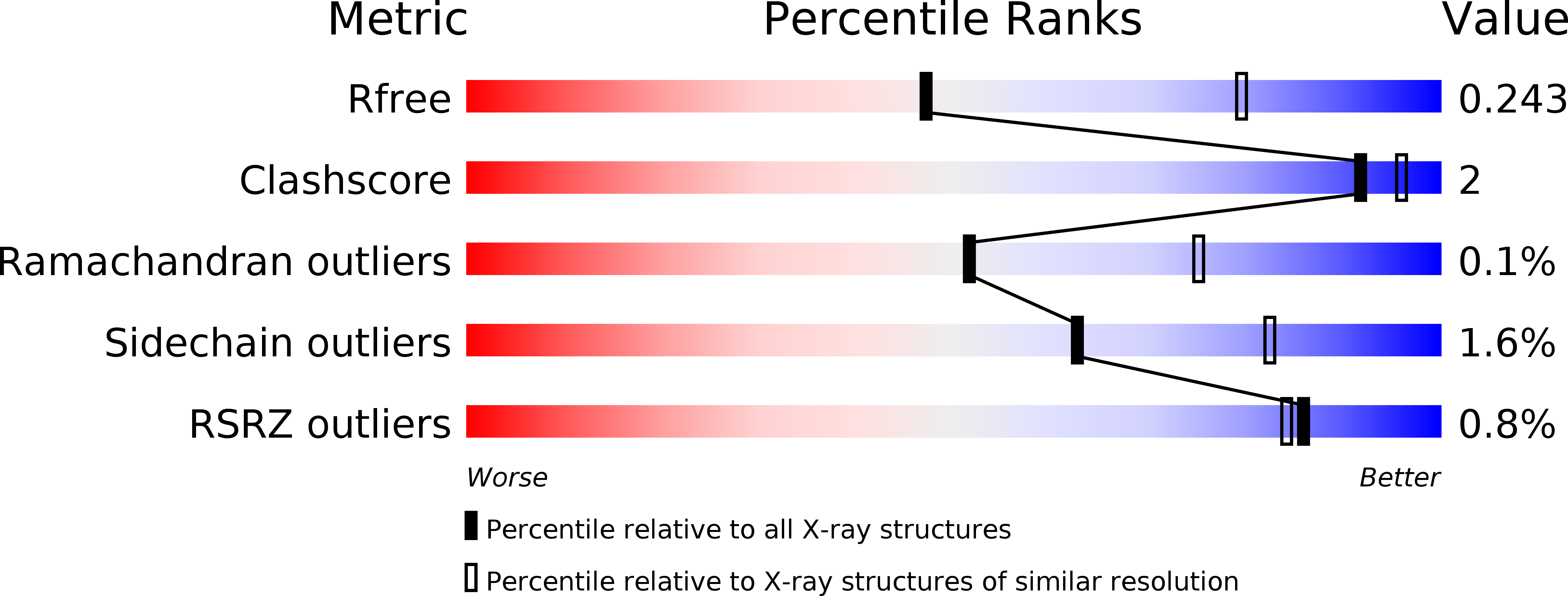
Deposition Date
2010-03-12
Release Date
2010-09-22
Last Version Date
2024-11-20
Entry Detail
PDB ID:
3M5J
Keywords:
Title:
Crystal structure of a H7 influenza virus hemagglutinin complexed with LSTb
Biological Source:
Source Organism:
Influenza A virus (Taxon ID: 490450)
Host Organism:
Method Details:
Experimental Method:
Resolution:
2.60 Å
R-Value Free:
0.24
R-Value Work:
0.20
R-Value Observed:
0.20
Space Group:
P 21 21 21


